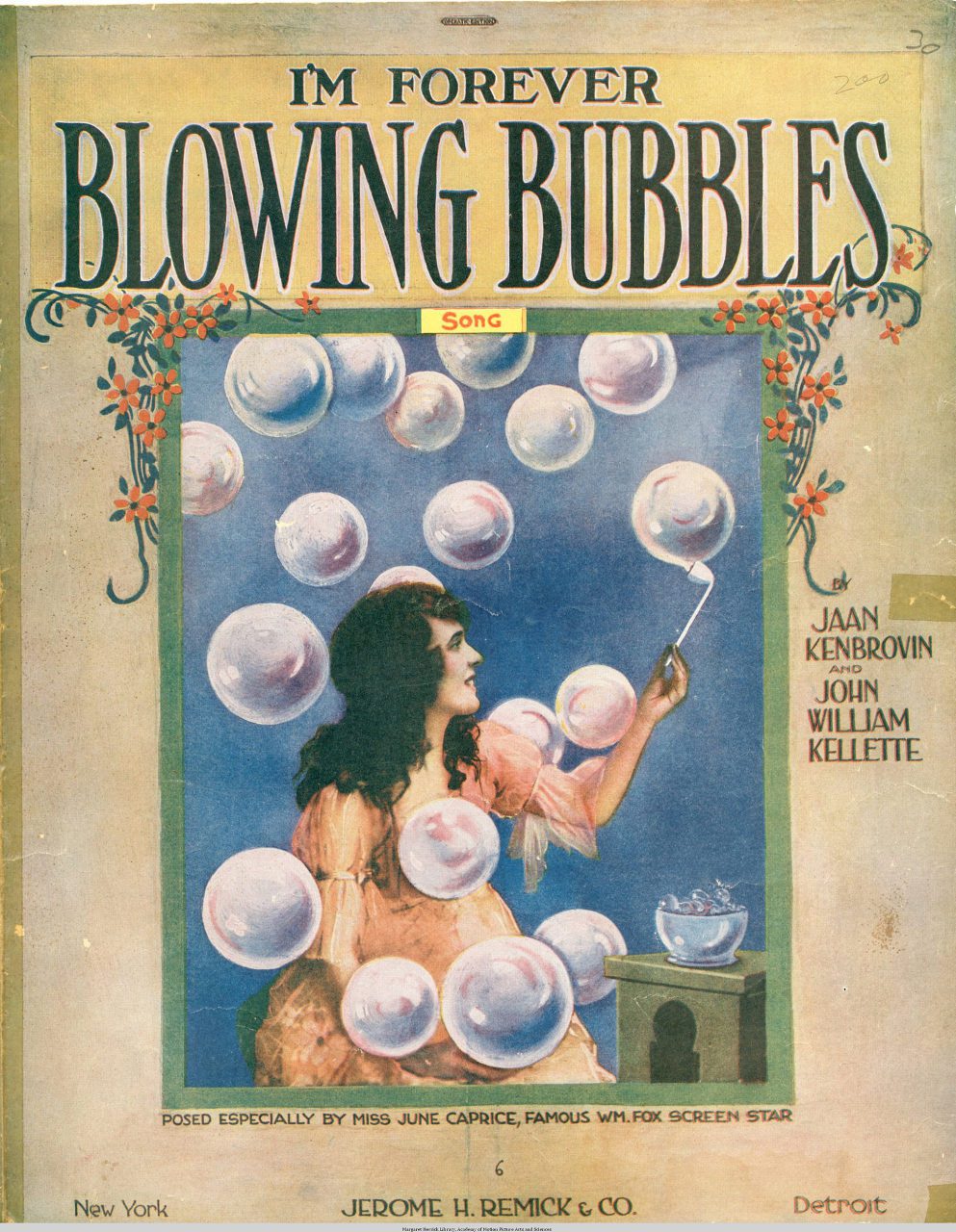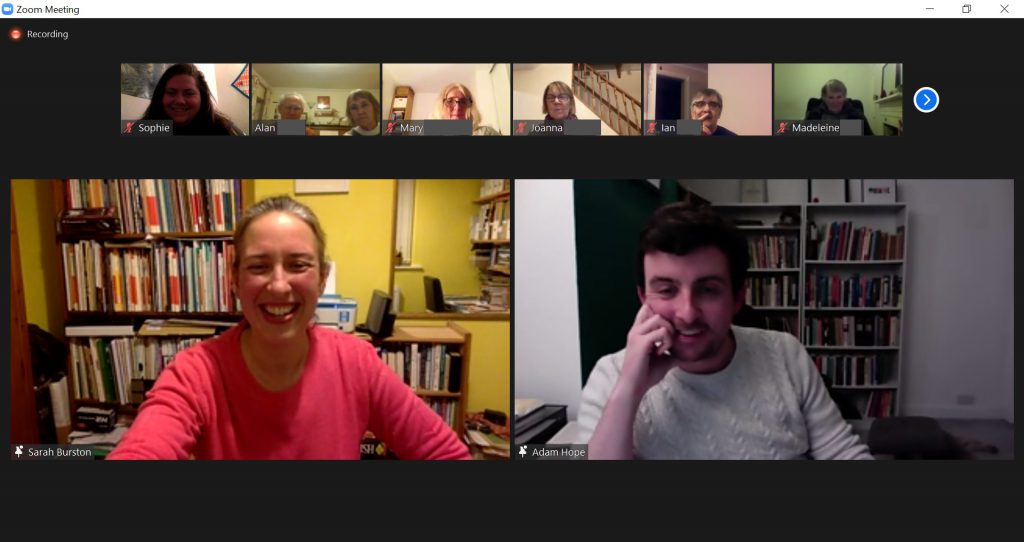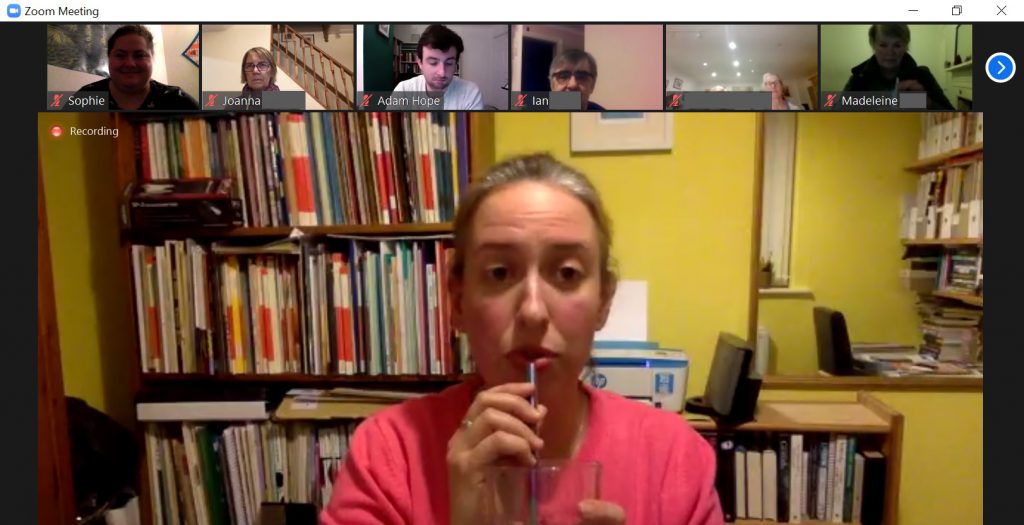Staying Alive

I feel the need to explain the image for this post before launching into all the exciting activities we’ve been up to at the start of this ‘spring’ term (it feels more like winter to us right now!).
This image is not relevant because we’ve had the pleasure of singing this song this term (though we have dabbled in solo repertoire to help re-engage our voices…more about this below).
This image is not relevant because we have a preponderance of West Ham United fans in the choir (although we do have a few footie fanatics amongst us, clubs represented including but not limited to Leyton Orient FC, Chelsea FC, Norwich City FC and more!).
This image has everything to do with a workshop we participated in this term. But as Maria von Trapp says, let’s start at the very beginning (and RIP to Christopher Plummer)…
New Year, New Us?
We’ve gone a bit more eclectic this term, opting for variety instead of mostly committing to one piece for the duration. We started off with a couple of weeks focussing on Bruckner’s Mass in E Minor, a piece we’ve not explored before. Definitely one we’re keen to return to and work on together when we can all be in the same room again.
Up next we had two weeks in a row of workshops. The first was a short workshop on marking up your score with Lucy Joy Morris, who has a special relationship with the choir – as the wife of our musical director Adam, she’s kinda like our first lady…our Michelle Obama, if you will. She took us through some great tips and tricks for noting your score in a way that’s understandable and that will make sense to you when you’re in the nervous throes of performance.
We were asked to bring paper and pen so we could write down and show the typical notation we use for marking common things in our scores, for example choral breaths or instances where we’ve been specifically asked not to breathe. It was interesting to see the diversity of notation styles, and I confess my own standard way of noting my score bore little resemblance to the standard method we were shown throughout the session.
We discussed the benefits of having a universal standard for notation so everyone is on the same page and ambiguities are minimised. Lucy also taught us some nifty visual cues for directions that are typically written out in scores – every little helps to remind the brain during performance, when it’s got lots of other English (and/or Italian, Latin, German, etc….) to read! All in all, Lucy provided us with lots of really useful notation to use, as well as pitfalls to avoid which could be misleading in the moment, either consciously or subliminally.
Many members of the choir have expressed that they’ve noticed a change in their voices since the start of the pandemic due to a lack of use in the normal way. So we’ve been trying to find ways to engage our voices and give them more of a workout. After Lucy’s session, Adam took us through some beloved solo pieces as a means of exercising our voices. Selections included Handel’s Where’er You Walk, Reger’s Mariä Wiegenlied and perennial favourite A Nightingale Sang in Berkeley Square (which reminded this writer of the recent adaptation of Neil Gaiman’s Good Omens, streaming now on Amazon Prime).

Our workshop the following week continued this theme of rehabilitating our little-used voices. We were pleased to welcome Sarah Burston, who lead us in a workshop full of exercises to continue strengthening our voices. After a robust physical and vocal warmup, she taught us some SOVTs, or semi-occluded vocal tract exercises designed to give the voice a healthy workout.
The most interesting of these SOVTs required us to come prepared. Sarah asked to bring a straw and a glass of water, ‘or gin, though it feels like a waste of gin,’ she said. She fit right in with us in the ‘han(g)over’ choir! We proceeded to blow bubbles in our water (or gin), and feel the impact it had on our breath. We learned that both a narrower straw and positioning it deeper in the water have the effect of increasing resistance. Then we blew bubbles while singing or humming, and compared how it felt to singing normally.

We also practiced singing with lip trills or rolled Rs to further strengthen airflow and breath control. My choir in university had us do lip trills during every warm up, and I remember hating it! But I confess it did help to improve the quality of my airflow and my ability to pace myself. Turns out exercise is good for you! Adam pointed out that Frank Sinatra used to go for a swim every day to practice his breath control.
Many thanks to Sarah for a fun session which also provided us with lots of useful exercises we can continue to practice and strengthen our musical muscles!
